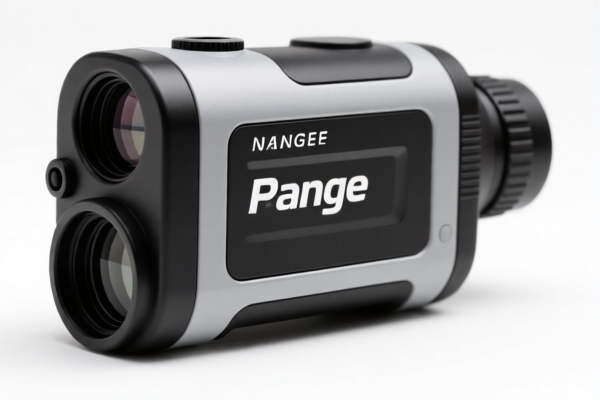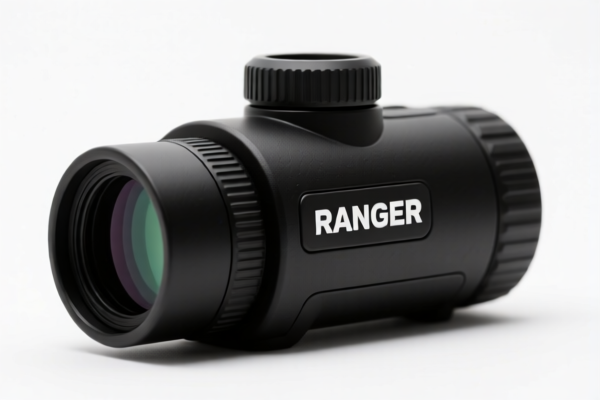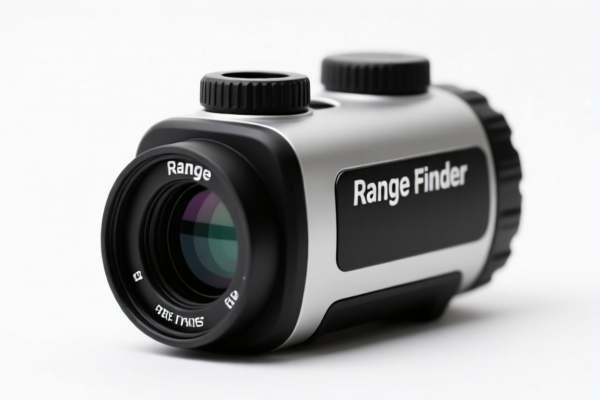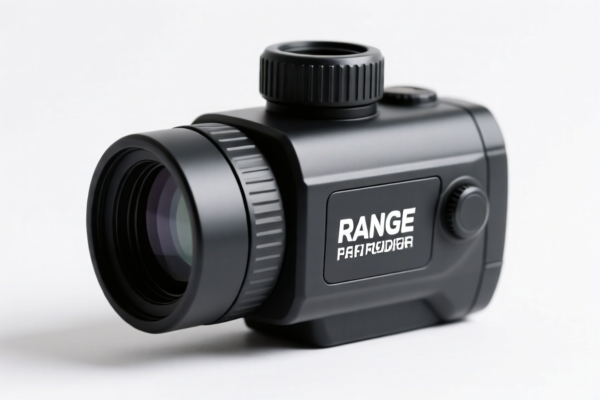| HS Code | Official Doc | Tariff Rate | Origin | Destination | Effective Date |
|---|---|---|---|---|---|
| 9015104000 | Doc | 55.0% | CN | US | 2025-05-12 |
| 9015108000 | Doc | 55.0% | CN | US | 2025-05-12 |
| 9014801000 | Doc | 55.0% | CN | US | 2025-05-12 |
| 9014202000 | Doc | 55.0% | CN | US | 2025-05-12 |
| 8526100020 | Doc | 55.0% | CN | US | 2025-05-12 |
| 8526910040 | Doc | 55.0% | CN | US | 2025-05-12 |
| 8543708000 | Doc | 55.0% | CN | US | 2025-05-12 |
| 8543708000 | Doc | 55.0% | CN | US | 2025-05-12 |




Rangefinder
A rangefinder is a device used to measure distance to an object. Historically, it was a vital component in artillery, surveying, and photography. Modern rangefinders utilize various technologies, most commonly lasers or ultrasonic waves.
Materials
The materials used in a rangefinder vary based on its technology and intended application. Common materials include:
- Housing: Aluminum alloys, durable plastics (ABS, polycarbonate) for portability and weather resistance.
- Optics (Optical Rangefinders): Glass lenses, prisms, and filters.
- Electronics (Electronic Rangefinders): Silicon semiconductors, circuit boards, LCD/LED displays, and batteries.
- Laser Diodes (Laser Rangefinders): Gallium arsenide or other semiconductor materials.
- Ultrasonic Transducers (Ultrasonic Rangefinders): Piezoelectric materials.
Purpose
The primary purpose of a rangefinder is to accurately determine the distance between the device and a target object. This information is crucial for a wide range of applications.
Function
Rangefinders operate based on different principles:
- Optical Rangefinders: These devices employ two images of the target, slightly offset from each other. The distance is calculated based on the disparity between these images. Stereoscopic rangefinders use two separate optical paths, while coincidence rangefinders superimpose the images.
- Ultrasonic Rangefinders: These emit ultrasonic sound waves and measure the time it takes for the waves to return after reflecting off an object. Distance is calculated using the speed of sound.
- Laser Rangefinders: These emit a laser beam and measure the time-of-flight (TOF) of the reflected beam or use the phase difference between emitted and received signals. TOF rangefinders are highly accurate.
- Phase-Shift Rangefinders: Measure the phase difference between transmitted and received laser signals to determine distance.
Usage Scenarios
- Military: Artillery targeting, reconnaissance, navigation.
- Photography: Autofocus systems in cameras, especially in wildlife and sports photography. Used for both single-shot and continuous autofocus.
- Golf: Measuring distances to flags and other course features.
- Surveying and Construction: Determining distances for land mapping, building layouts, and structural measurements.
- Hunting: Accurately determining distances to game animals.
- Robotics: Obstacle detection and navigation.
- Industrial Automation: Measuring distances for process control and quality inspection.
- Rangefinding Binoculars: Combining rangefinding capabilities with magnified viewing.
Common Types
- Stereoscopic Rangefinders: Older technology, used in some vintage cameras.
- Coincidence Rangefinders: Historically common in cameras, particularly Leica rangefinder cameras.
- Laser Rangefinders: The most common type today, offering high accuracy and long range.
- Ultrasonic Rangefinders: Typically used for short-range measurements, often in robotics and industrial applications.
- Time-of-Flight (TOF) Rangefinders: A type of laser rangefinder known for its high precision.
- Phase-Shift Rangefinders: Another laser-based technology offering accurate measurements.
- Digital Rangefinders: Integrate rangefinding with digital imaging and processing.
Rangefinders are instruments used to measure distance. Based on the provided information, the following HS codes may be relevant:
- 9015104000: This HS code falls under Chapter 90, which covers “Surveying (including photogrammetrical surveying), hydrographic, oceanographic, hydrological, meteorological or geophysical instruments and appliances, excluding compasses; rangefinders; parts and accessories thereof.” Specifically, it covers “Rangefinders: Electrical”. The first two digits (90) indicate instruments for measuring, checking, or testing. The next four digits (1510) specify surveying instruments, and the final four digits (4000) pinpoint electrical rangefinders. The applicable tax rate is a base tariff of 0.0%, an additional tariff of 25.0%, and an additional tariff of 30.0% after April 2, 2025, resulting in a total tariff of 55.0%.
- 9015108000: This HS code also falls under Chapter 90, covering “Surveying (including photogrammetrical surveying), hydrographic, oceanographic, hydrological, meteorological or geophysical instruments and appliances, excluding compasses; rangefinders; parts and accessories thereof.” It covers “Rangefinders: Other”. The first two digits (90) indicate instruments for measuring, checking, or testing. The next four digits (1510) specify surveying instruments, and the final four digits (8000) pinpoint other rangefinders. The applicable tax rate is a base tariff of 0.0%, an additional tariff of 25.0%, and an additional tariff of 30.0% after April 2, 2025, resulting in a total tariff of 55.0%.
It is important to determine whether the rangefinder is electrical or falls into the “Other” category to select the correct HS code.
Customer Reviews
No reviews yet.